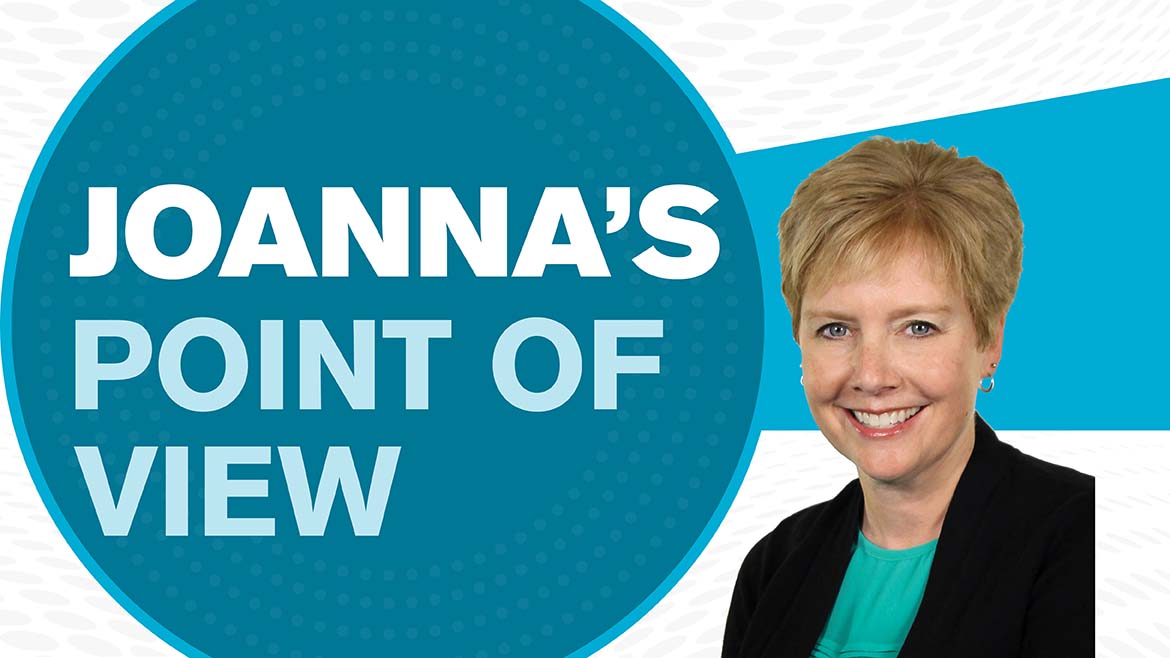In 2022, Congress approved the Inflation Reduction Act (IRA), which will dish out billions of dollars in tax credits and refunds to Americans choosing to make energy-saving upgrades, such as installing high-efficiency heat pumps, beefing up insulation, or adding solar panels. Funds allocated through the IRA's Home Electrification and Appliance Rebates program will be utilized for direct-to-consumer rebates for the purchase of qualifying high-efficiency HVAC equipment, including up to $8,000 for a heat pump.
HVAC contractors are understandably thrilled about this influx of cash that will be available to eligible homeowners looking to purchase a new heat pump, but some are getting impatient waiting for the program details to be ironed out. This delay stems from Congress setting up the rebate programs to be managed by state energy offices, with the Department of Energy (DOE) providing guidance and oversight. As a result, the rebate programs will differ from state to state, and states have until mid-August this year to submit their rebate proposals to the DOE for review and approval.
In a recent webinar discussing the rebate program, Charles Newborn, technical assistance and stakeholder engagement supervisor at the DOE, noted, “In terms of program design, there was an intent to provide states with quite a bit of flexibility. States are really thinking about aligning their program design to the needs of their potential program participants. States can choose, for instance, what equipment types they want to include in the eligible rebate options; they can focus on certain building types; and they will require enrollment in a contractor network in order to participate in these programs.”
According to Newborn, requirements for the contractor network could include home performance credentials, training, business licenses, insurance, skills standards, etc., but these will vary from state to state, depending on the state’s program design. He added that the DOE expects states to develop robust contractor networks but that ultimately, states will have quite a bit of discretion to determine qualifications and requirements.
The contractor network -- along with a list of qualified retailers or distributors, if applicable -- will be part of the consumer protection plan, which each state must establish in accordance with DOE guidelines. Elin Katz, consumer protection lead at DOE, stated in the webinar that it will also be the state's responsibility to maintain the list of qualified contractors, removing those who fail to meet program requirements.
The consumer protection plan will also provide a uniform system for calculating energy savings and bill impacts, as well as a data review and validation of projects to ensure the work complies with state and local laws, permits, codes, and industry standards, said Katz. There will be on-site and virtual home inspections for new contractors, with the first five projects requiring review and 5% of projects thereafter, she said.
“Each state will also be responsible for developing robust programs to monitor for waste, fraud, and abuse,” said Katz. “There's a lot of government money flowing through this program, and we need to be a model of excellence.”
The plan also calls for the creation of a system that allows consumers to submit feedback, questions, concerns, and complaints via a dedicated email and/or hotline, with an expectation that these issues will be addressed within two to three days of the initial inquiry, said Katz. Furthermore, if financing options are provided, projected energy savings cannot be factored into the ability to pay, and there is a seven-day waiting period and a three-day cancellation period for contracts.
“We don't want anyone to feel pressured, and we want to avoid high-pressure sales tactics,” said Katz. “For low-income consumers in low-income housing, there's a restriction that the landlord cannot raise the rent or evict the tenant for two years because of an increase in value from the improvements. They can only increase the rent to cover increased taxes or operating expenses.”
An optional Consumer Bill of Rights is also available, which codifies what consumers can expect to receive from the IRA rebate programs. While not mandatory, DOE strongly recommends that states integrate it into their programs, “to ensure their residents are provided with clear information, prompt responses to their questions, and quality programs as they use these rebates to improve energy efficiency in homes.”
To date, New York is the only state to have its funding application approved by the DOE, having been awarded $158 million in initial funding for the residential energy-efficiency rebates. The other states that have submitted applications for DOE approval so far include Arizona, California, Colorado, Georgia, Hawaii, Indiana, Maine, Minnesota, New Hampshire, New Mexico, Oregon, Rhode Island, Washington, and Wisconsin. According to Newborn, California, Hawaii, and New Mexico are currently next in line for funding.
DOE expects to see an influx of applications from states over the next few months, with some states starting to launch their rebate programs by summer. This will provide greater clarity on the criteria contractors must meet in order to take part in these programs. It will be interesting to see how states decide to handle their contractor networks.


Report Abusive Comment